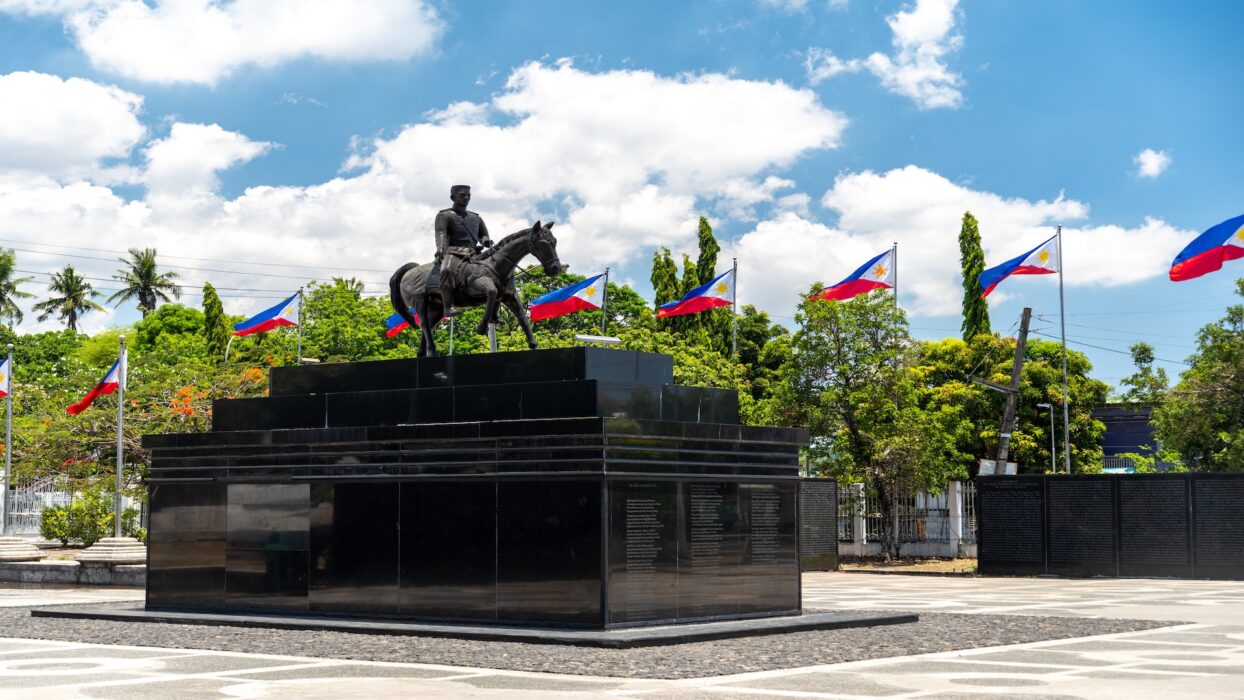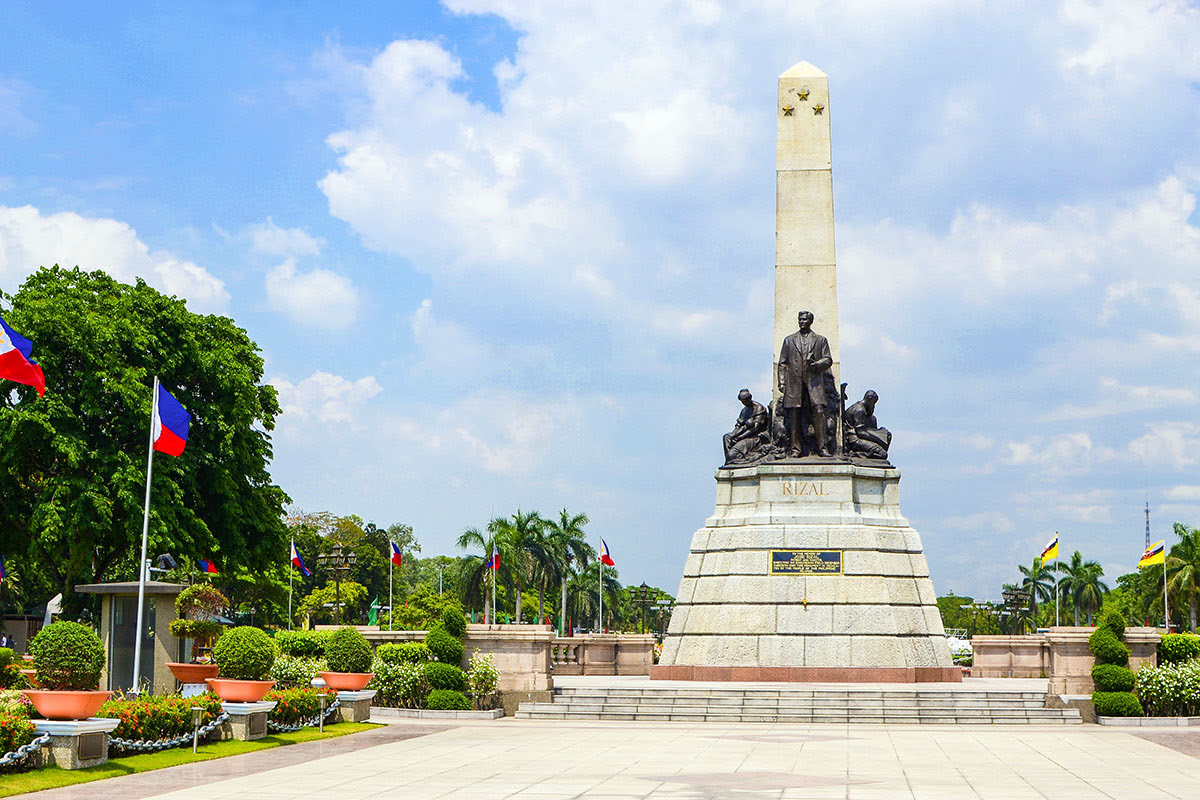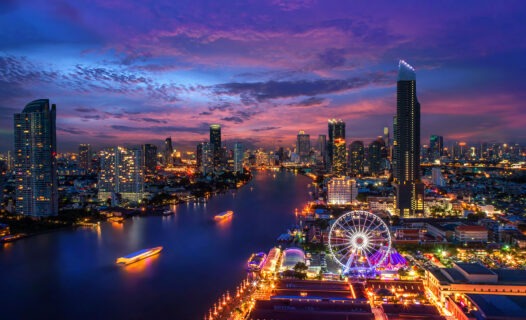Every year, on the last Monday of August, the streets of the Philippines come alive with vibrant parades and heartfelt ceremonies. National Heroes’ Day, or Araw ng mga Bayani, is a significant public holiday that honors the bravery and sacrifices of the Filipino heroes who fought for the nation’s freedom. This article will guide you through the rich history, cultural significance, and modern-day celebrations of this patriotic event.
The Historical Significance of National Heroes’ Day
Araw ng mga Bayani has its roots in the early days of Philippine independence, commemorating the valiant efforts of heroes like Jose Rizal, Andres Bonifacio, and Emilio Aguinaldo. These figures played pivotal roles in the Philippine Revolution against Spanish colonial rule. The holiday serves as a poignant reminder of their sacrifices and the ongoing journey towards freedom and democracy in the Philippines.
Who Are the Heroes Honored?
The day celebrates a wide array of national figures who contributed to the country’s independence and development. Among the most notable are:
- Jose Rizal: A national hero, known for his novels “Noli Me Tangere” and “El Filibusterismo,” which inspired the revolutionary movement.
- Andres Bonifacio: The founder of the Katipunan, a revolutionary society that launched the struggle for independence from Spain.
- Emilio Aguinaldo: The first President of the Philippines, who played a major role in the Philippine Revolution and the Declaration of Independence.
Modern-Day Celebrations and Activities
From grand parades to solemn wreath-laying ceremonies, National Heroes’ Day is marked by various activities that honor the heroes’ legacy. In Manila, the capital city, events are held at the Liberty Shrine and numerous other historical sites. Here are some key activities you can expect:
Parades and Public Programs
The day starts with a grand parade featuring colorful floats, marching bands, and costumed participants reenacting historical events. Government officials and public servants often participate in these parades, which are followed by speeches and public programs.
Cultural Performances
Expect a plethora of cultural performances, including traditional dances, music, and theatrical reenactments that celebrate Filipino heritage. These performances are often held in public squares, parks, and even in some schools.
Visiting Historical Landmarks
As you explore the Philippines during Araw ng mga Bayani, make sure to visit some of the historical landmarks associated with the heroes. Notable sites include:
Rizal Park (Luneta)
Located in the heart of Manila, Rizal Park is a must-visit. The park features the Rizal Monument, which is a popular spot for both locals and tourists. Here, a flag-raising ceremony and wreath-laying are traditional highlights of the National Heroes’ Day celebrations.
Bonifacio Monument
Situated in Caloocan City, the Bonifacio Monument honors Andres Bonifacio. The monument is often the site of commemorative events, including speeches and wreath-laying ceremonies.
Aguinaldo Shrine
The Aguinaldo Shrine in Kawit, Cavite, is the ancestral home of Emilio Aguinaldo. This historical site is where the Philippine independence was proclaimed on June 12, 1898, making it an essential stop for history enthusiasts.
Conclusion
National Heroes’ Day, or Araw ng mga Bayani, is more than just a public holiday in the Philippines. It’s a day of deep national pride, reflection, and gratitude. As the country pays homage to the heroes who shaped its history, it also invites everyone, Filipinos and visitors alike, to partake in the rich heritage and vibrant culture that define the Philippine spirit.
Whether you are joining the grand parades in Manila, visiting historical landmarks, or simply enjoying the cultural performances, Araw ng mga Bayani provides a unique and insightful glimpse into the heart of the Filipino people. It’s a celebration of courage, sacrifice, and unwavering patriotism, making it an event worth experiencing. So, next time you’re in the Philippines during late August, make sure to immerse yourself in the celebrations of National Heroes’ Day and be part of a tradition that honors the nation’s true champions.





















